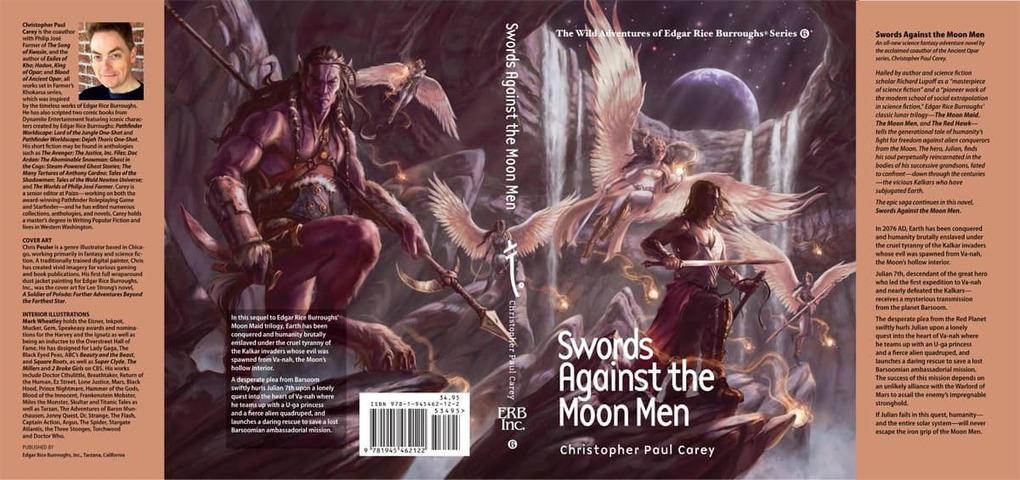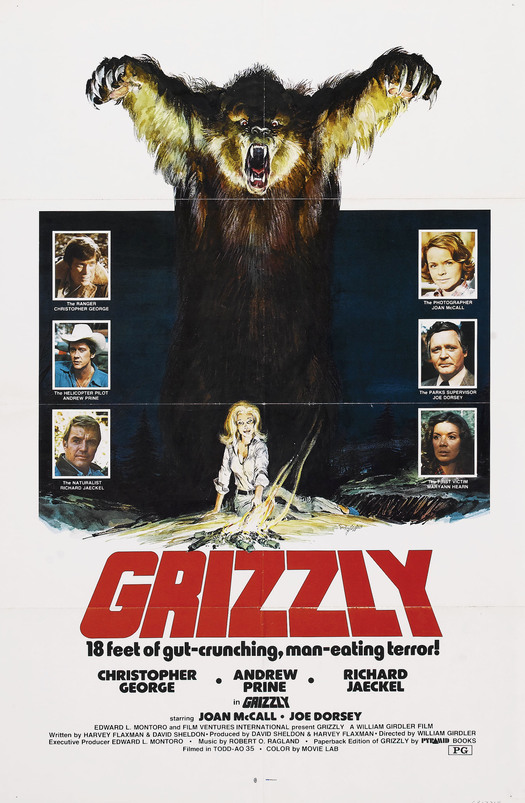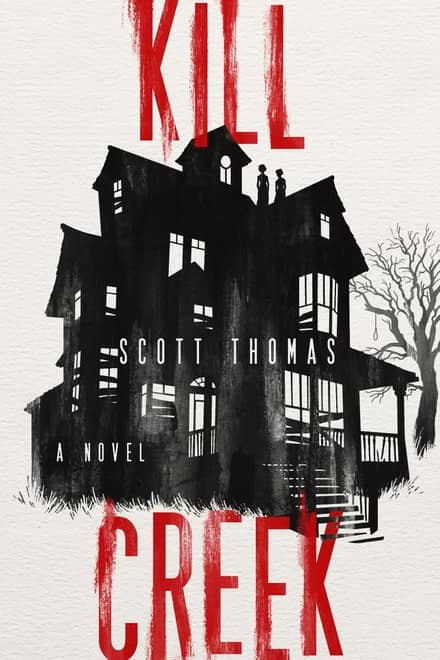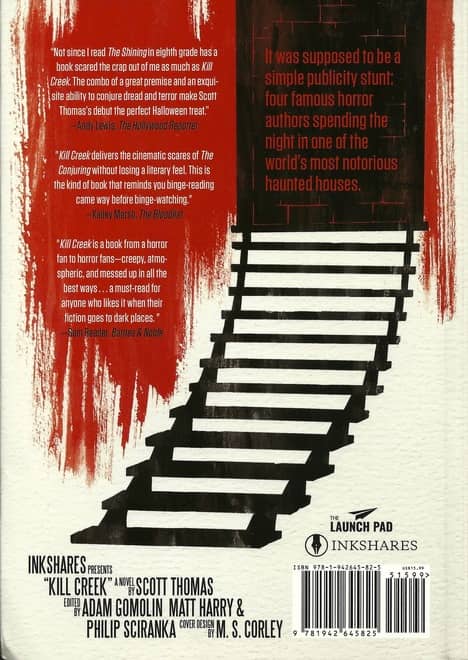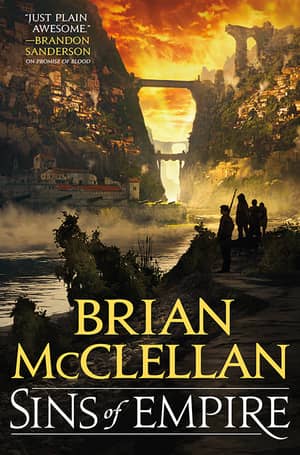 Sins of Empire
Sins of Empire
By Brian McClellan
Orbit (640 pages, $18.99 hardcover/$15.99 paperback, November 2017 reprint)
Have you ever taken a look at your pile of unread books and thought, “I feel like reading about __________,” and realized that type of book is nowhere in the ten (or maybe thirty) you have waiting? Apparently having an ongoing stack of books you intend to get to is a sign of creative intelligence (yay me!) but it doesn’t help when you have a craving for, say, an epic fantasy with great worldbuilding and even better characters, and you have nothing like that on hand.
It was that desperate hour of need that led me to my local bookstore and a copy of Sins of Empire by Brian McClellan, whom I admit to having never heard of before that day. I picked up his book on a whim because the cover art and back cover description caught my eye, and to my amazement I think it’s one of my favorite books this year.
First and foremost, I’m a sucker for dynamic and flawed characters who I want to root for, and McClellan delivers a ton of them. There’s Michel Bravis, the ambitious member of the secret police who argues with himself when he’s nervous, or Lady Vlora Flint, the mercenary commander who’s hard as steel but whose heart bleeds for the underprivileged, or Mad Ben Styke, betrayed former lancer who’s spent ten years of good behavior behind bars to protect the people who served beneath him. The best part of what McClellan does is put these characters into situation after situation that pushes them in different directions and keeps the action moving — which isn’t easy in a 640-page book. In almost every epic fantasy book I’ve read there are moments where the story slows, but Sins of Empire doesn’t have that — there’s constant movement, but consistent character development and intrigue at the same time.
Connected to that is the rich history of the world. Characters make reference to past events and histories that motivate all the action in Empire, giving the world a level of detail that amazed me. Of course, I didn’t realize that this isn’t the first time McClellan used this setting , and that there’s a separate trilogy that takes place prior to Empire, featuring some of the same characters. Oops. But that doesn’t minimize the importance of the world’s history and how McClellan filters it through the narrative.
…
Read More Read More
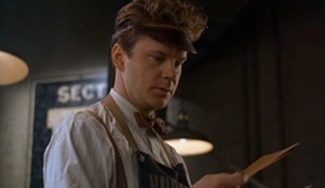 Here’s a look behind the curtain at the Black Gate World Headquarters in the Windy City:
Here’s a look behind the curtain at the Black Gate World Headquarters in the Windy City: After the Fantasia festival had officially concluded I still had three movies to watch. During the festival I’d requested links to view screening copies of three films I couldn’t see in theatres due to schedule conflicts, but it wasn’t until Fantasia ended that I had time to sit down and watch them. These movies were a Japanese comedy-drama called Japanese Girls Never Die (also released under the English title Haruko Azumi Is Missing, in romanised Japanese Azumi Haruko wa yukue fumei); a Thai historical martial-arts movie called Broken Sword Hero (also Legend of the Broken Sword Hero, from the romanised original Thong Dee Fun Khao); and a Chinese blockbuster historical war movie called God of War (Dang kou feng yun, now on Netflix). They made for an interesting mix.
After the Fantasia festival had officially concluded I still had three movies to watch. During the festival I’d requested links to view screening copies of three films I couldn’t see in theatres due to schedule conflicts, but it wasn’t until Fantasia ended that I had time to sit down and watch them. These movies were a Japanese comedy-drama called Japanese Girls Never Die (also released under the English title Haruko Azumi Is Missing, in romanised Japanese Azumi Haruko wa yukue fumei); a Thai historical martial-arts movie called Broken Sword Hero (also Legend of the Broken Sword Hero, from the romanised original Thong Dee Fun Khao); and a Chinese blockbuster historical war movie called God of War (Dang kou feng yun, now on Netflix). They made for an interesting mix.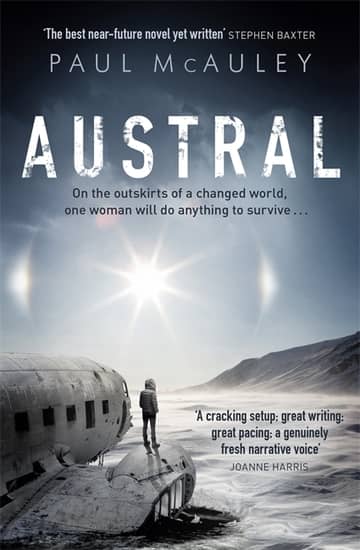
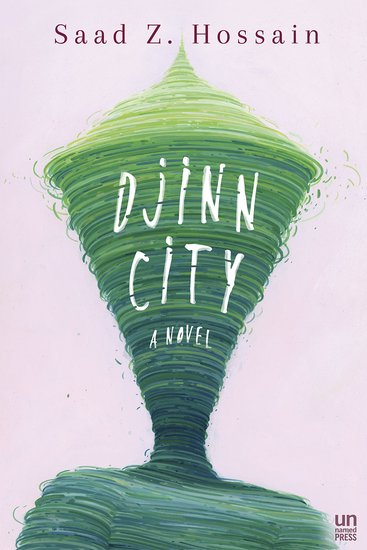
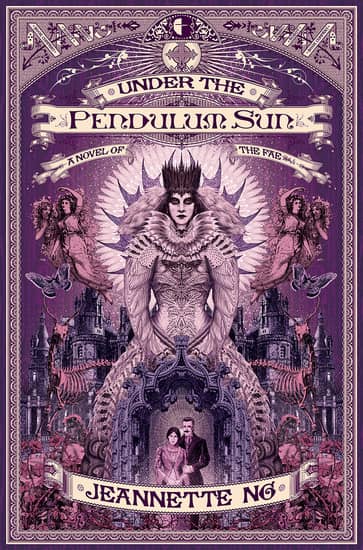
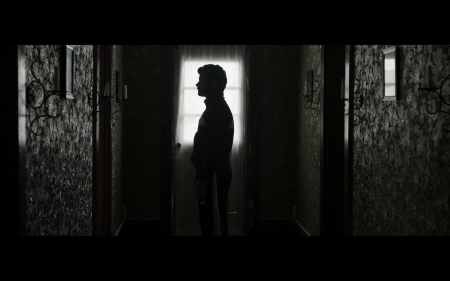 On the last day of the 2017 Fantasia film festival I planned to watch three movies. First, at the De Sève Theatre, Indiana: a movie about a pair of ghost-breakers in the Midwest who may or may not deal with actual paranormal events. Second, I’d go to the festival’s screening room, where I’d see a dark psychological thriller called Fashionista. Finally, I’d close out the festival with a screening of a restored version of Dario Argento’s classic 1977 horror film Suspiria.
On the last day of the 2017 Fantasia film festival I planned to watch three movies. First, at the De Sève Theatre, Indiana: a movie about a pair of ghost-breakers in the Midwest who may or may not deal with actual paranormal events. Second, I’d go to the festival’s screening room, where I’d see a dark psychological thriller called Fashionista. Finally, I’d close out the festival with a screening of a restored version of Dario Argento’s classic 1977 horror film Suspiria.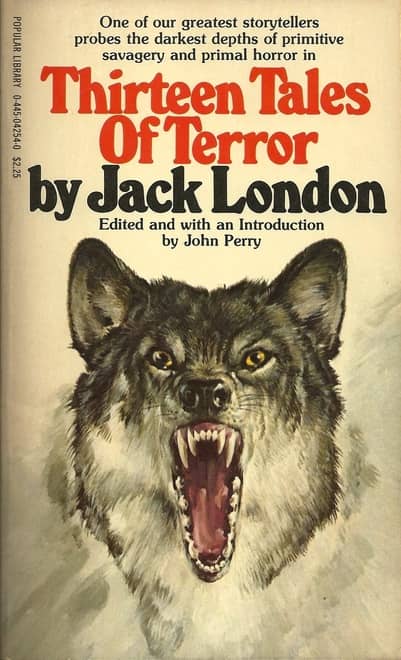
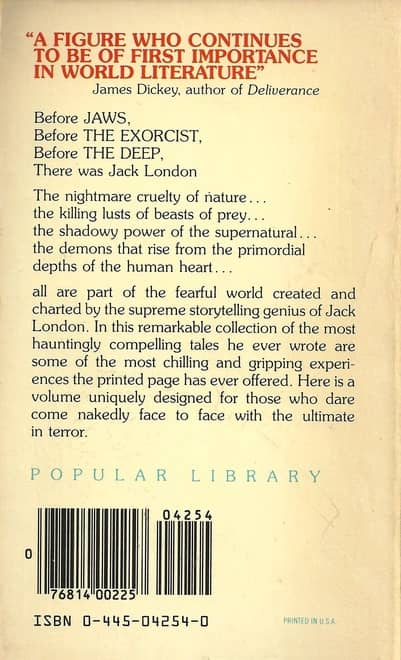
 Tuesday, August 1, was the next-to-last day of Fantasia. I had three films I wanted to see as the festival raced to its end, all at the De Sève Theatre. Lu Over the Wall (Yoake Tsugeru Lu no uta) was an animated young person’s adventure about indie rock and mermaids, from the mind of Masaaki Yuasa. Spoor (Pokot) was a Polish-Czech co-production of a mystery-horror film about animals that may or may not be turning against human beings. And Nomad (Göçebe) was a Turkish science-fiction/fantasy film that promised mythic overtones.
Tuesday, August 1, was the next-to-last day of Fantasia. I had three films I wanted to see as the festival raced to its end, all at the De Sève Theatre. Lu Over the Wall (Yoake Tsugeru Lu no uta) was an animated young person’s adventure about indie rock and mermaids, from the mind of Masaaki Yuasa. Spoor (Pokot) was a Polish-Czech co-production of a mystery-horror film about animals that may or may not be turning against human beings. And Nomad (Göçebe) was a Turkish science-fiction/fantasy film that promised mythic overtones.